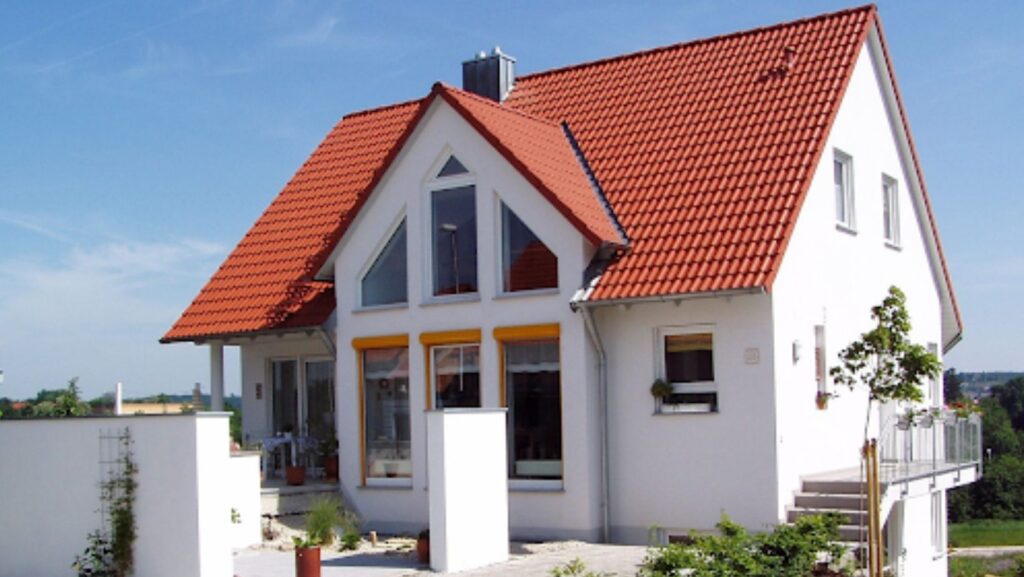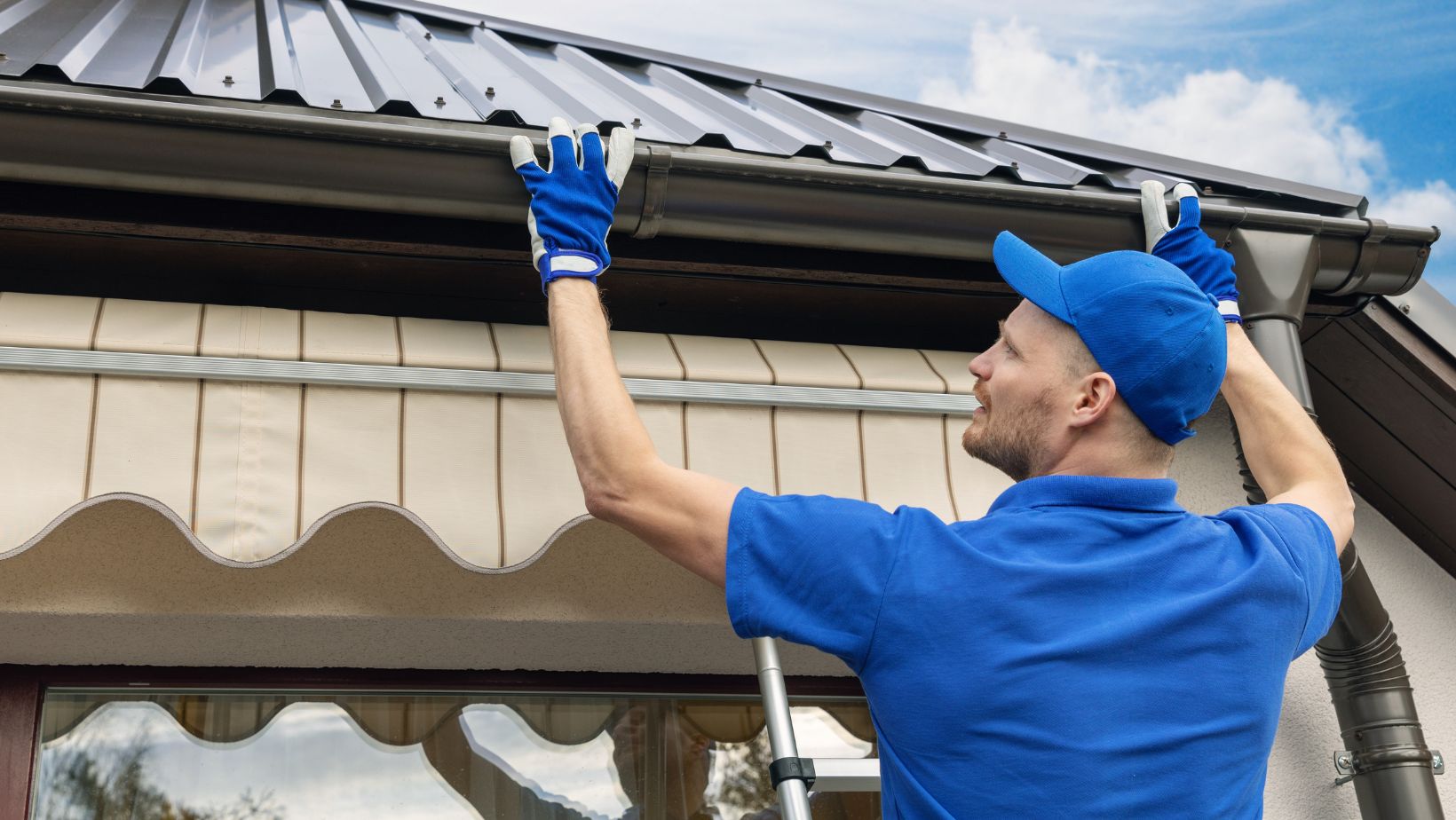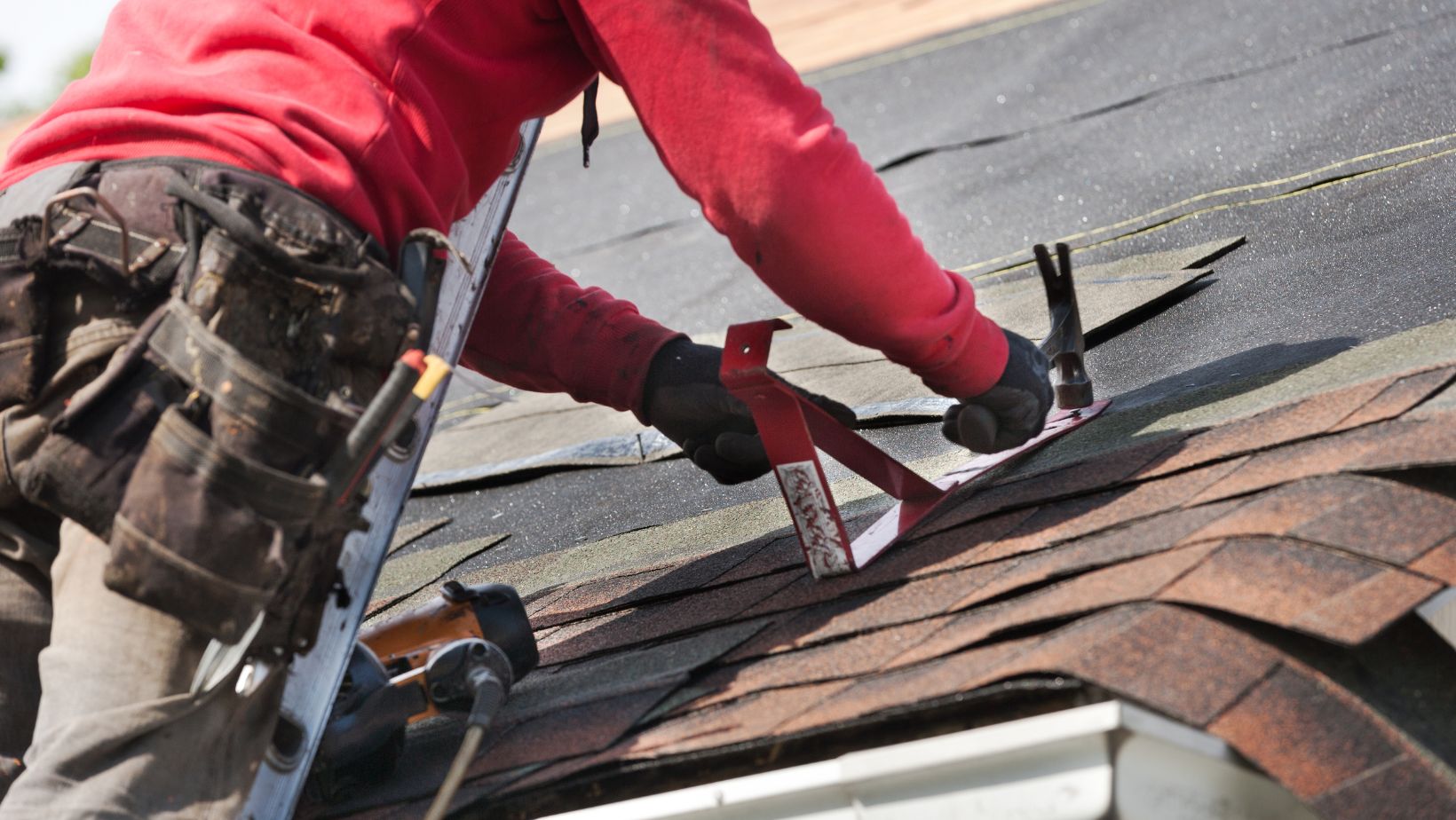Considering how extensive and costly a new roof installation can be, you expect quality workmanship and long-lasting results. A lousy project outcome can be a major headache, resulting in water damage, stubborn leaks, and other costly issues. Here are some tips to help you identify a bad roof installation and what to do about it.
Sagging Rooflines
A properly installed roof should be straight and have an even appearance when you look at it from the ground. If you spot some areas that seem to sag at your new roofline, you could be dealing with poor roof installation or damage. Rot on the roof deck and framing issues are usually the culprits in such a case.
Sometimes, sagging rooflines happen if your roofing contractor decides to take shortcuts, like ignoring structural factors and skipping an assessment. The best thing to do here is to engage a reputable North Carolina roofing company to inspect and fix the roof to minimize further damage.
Lack of Uniformity
Your roofer must adhere to a clear process and logic during a new roof installation to generate more unique roofing aesthetics and uniform appearance. Poor roofing jobs appear chaotic, awkward, and incongruent.
Some signs of absent uniformity include bumps on the roof, mismatched textures, and uneven shingle alignments. Try to inspect your roof from diverse angles to see if it differs in appearance from different viewpoints and sides. Check for inconsistent dippings, curvings, and materials and seek guidance from a certified roofing professional.
Missing Roof Underlayment and Drip Edge
Roof underlayment and drip edge create a waterproof layer underneath your shingles to safeguard your home from leaks and maintain its integrity. This helps prevent water damage to the roofing, the basement, the foundation, and the walls of your home. Proper underlayment and drip edge also help lengthen a roof’s lifespan, contributing to long-term energy savings, money savings on frequent repairs, and peace of mind.
Reused Flashing
Roof flashing is often situated at the exterior corners to prevent water from penetrating the structural siding. If you are installing a new roof, you have to get all new materials, including the flashing. Some unprofessional roofing contractors cut corners to lower costs by reusing flashing, knowing full well that this violates the building code and regulations. Reused flashing eventually leads to leaks. Always work with an expert roofing company that complies with the local, federal, and state codes to keep your home up to date.
Wrong Roofing Nails and Nailing Techniques
Inclement weather can cause some roofs to lose shingles, including those with the highest-quality shingles, due to wrong roof nails and nailing techniques.
Overdriven nails due to excessive pressure use, nails installed at an imperfect location, and nails subject to corrosion are all examples of wrong nail techniques. If you suspect your roofer might have employed the wrong nail technique, immediately get a professional inspection. Some contractors offer warranties that cover roofing nail replacement.
Water Leakage
One of the reasons for getting a new roof installation is to prevent leaks. A new roof that is already leaking clearly indicates a poor roofing job. Leaks can be due to missing shingles, gaps in flashing, and general misuse of materials. Failure to fix the leakage promptly can trigger the roof deck to rot, resulting in dangerous breakages.
A new roof installation is a major upgrade that requires careful consideration, from the choice of the roofing company and materials to the installation process. Choose a certified and experienced roofing contractor to get quality results.




More Stories
3 Benefits of Hiring Fence Contractors For Residential Fencing Services
When It Rains, It Floods: How To Survive Surprise Home Repairs Without Going Broke
How to Find A Reliable Bathroom Contractor in Burlington